Future of ai: the age of quantum enlightenment
The future of AI technology sees humanity probing for space exploration, quantum wave function calculation, and countless unprecedented innovations in a variety of fields and industries. As engineers of the artificial intelligence future, how far can we go?
We live in a world of big data, distributed data storage, and the constant need to analyze datasets coming from a vast array of sources within modern omnichannel systems. This is why businesses are developing and investing in projects exploring the future of AI development beyond its current capabilities.
The world’s data grows exponentially and complex artificial intelligence models are already seeing the light of day. While we might be able to easily tell how some of these AI models will be implemented in the short term, what does the future hold for widespread adoption of AI?
In this article, we explore the most fascinating examples of artificial intelligence future applications, implications, features, and forms.
The Singularity Theory as Foundation of the Future of AI

The singularity theory tries to explain the fundamental consequences of all physical matter and time. At an attempt to quantify man’s knowledge and use of the world, artificial intelligence renders our scientific capabilities limitless and provides discrete information processing systems to define our collaboration with numbers, objects, and places, while stabilizing the magnitude of quantum computational abilities and improving the performance of systematic procedures. The age of quantum enlightenment has accelerated movement towards the future of artificial intelligence, bringing automation to the forefront of our lives and simplifying interaction with operating systems across a mosaic of disciplines.
As the applications of artificial intelligence rely on the logic of engineering mechanisms, the practical implications are multifold:
Device and consumer electronics;
Computer hardware and software;
Cybersecurity and information systems;
Nuclear and petroleum;Avionics and aerospace;
Civil and architectural engineering;
Agriculture and transportation;
Biomedical and biotechnology;
Environmental and atmospheric;
Recyclables and renewable energy;
Industrial and manufacturing;
Economics and enterprise;
Education and employment.
At what point in scientific history may we reach the singularity? Will we come to see the future of AI where all operations rely on absolute automated predictability, without the need for human physical interaction? We’ve already seen machines making machines to make machines, but will we become machines ourselves with 0% margin of error and 100% quantum computing power? How may artificial general intelligence (AGI) progress beyond the combined intelligence of pure human cognition into artificial super intelligence (ASI)?
Before we can contemplate answers to these questions concerning the future of AI, we must observe the current applications and implications of this tech to understand the tangibility of algorithms behind our daily experiences.
The Future of AI: Smart Devices and Consumer Electronics
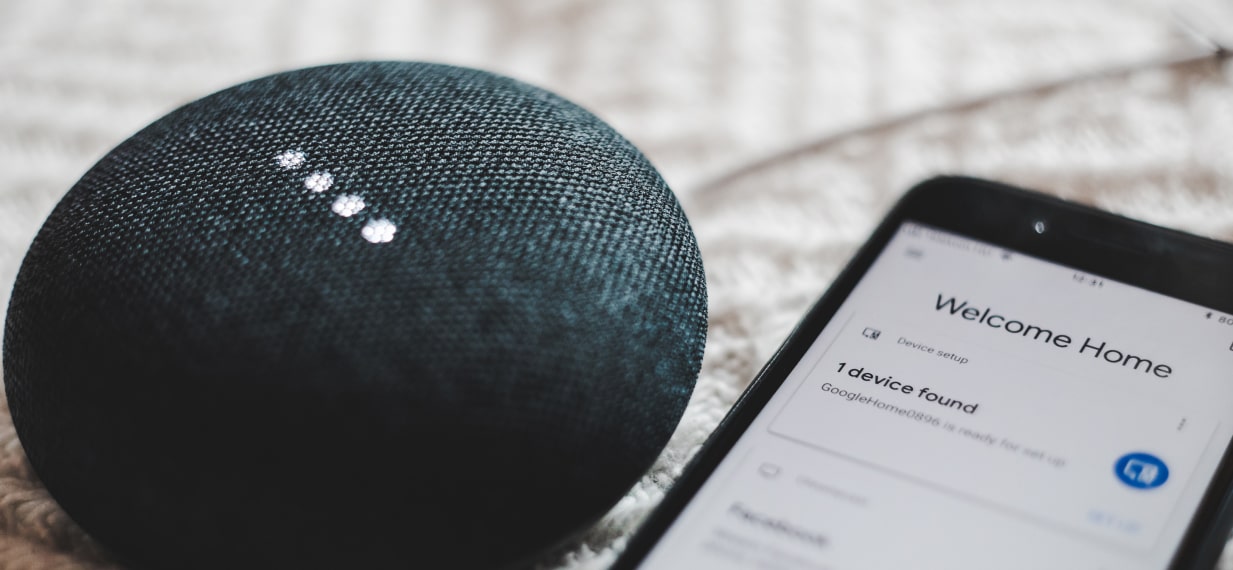
PCB boards, CPUs, and TPUs rule the automation functions of electronic devices. At the impetus of Eagle software, CAD, and 3D Printers, operative optimization proves necessary various filament choices and smaller semiconductor components for more efficient electrical circuits and surface area maximization. These printed circuit boards and electrical parts can now be digitally drawn and built using functions inputted into computer software, printed, and placed in devices that provide concepts people use every day such as “Email,” “App Store,” or “Google Maps.”
The present and the future of artificial intelligence enable close to unlimited memory which goes beyond that of a human being. Human mind is designed to forget painful memories. Computers can remember everything. Sentiment is ridden.
Home automation technologies, appliances, voice controlled security and temperature monitoring, with the adjustments of wires and basic hand tools, give us numerical data and with the extension of a remote, increase the speed at which we can watch and set our ideal environment. Google Nest thermostats, “Smart” Carbon Monoxide Detectors, leak detection sensors, surveillance cameras, electric energy monitoring systems, and LED On/Off wall switches provide command options and instant statuses for home improvement. The time-reliant results of home automation technologies, inputted into the scientific method, could indicate testable variables and lead to sequential analytics, introducing us to the most powerful traits of the artificial intelligence future.
Nanochips in consumer electronic devices give us the power to allocate assets, determine and validate identification, and process and standardize operations. Domesticated animals now have chips that identify the owners. In the future of AI, as controversial as it is, we may all have chips inserted into our bodies to provide medical and genetic information, with cameras to visualize the effects of external variables on our internal systems. Personalized nanochips eliminate the need to carry identification cards and print paper for information validation. With quantum computational processing power and memory storage in personalized nanochips, our bodies may calculate the effects of environmental variables, thereby providing instruction sequences, and serve as repositories for laser sensors and electronic scanners.
For example, what if it is possible to embed a palm nanochip with capabilities to be detected by automated machines, visualize significant quantities of carbon monoxide in the air around us, and respond holographically? What if the holographic imageries can show localized chemical classifications through streamlined X-Ray visions to optic neurological outputs? Or, taking a step back, would the future of AI enable the creation of nano-chipped watches to simulate environmental changes into atmospheric X-Ray detections visualized onto wearable glasses? These mechanisms are no longer the notions of the anticipated artificial intelligence future since they all have already penetrated our present and started to call for precision in control stacks involved in computer science and experiments with light diffusion.
Hardware and Software Engineering in the Future of AI
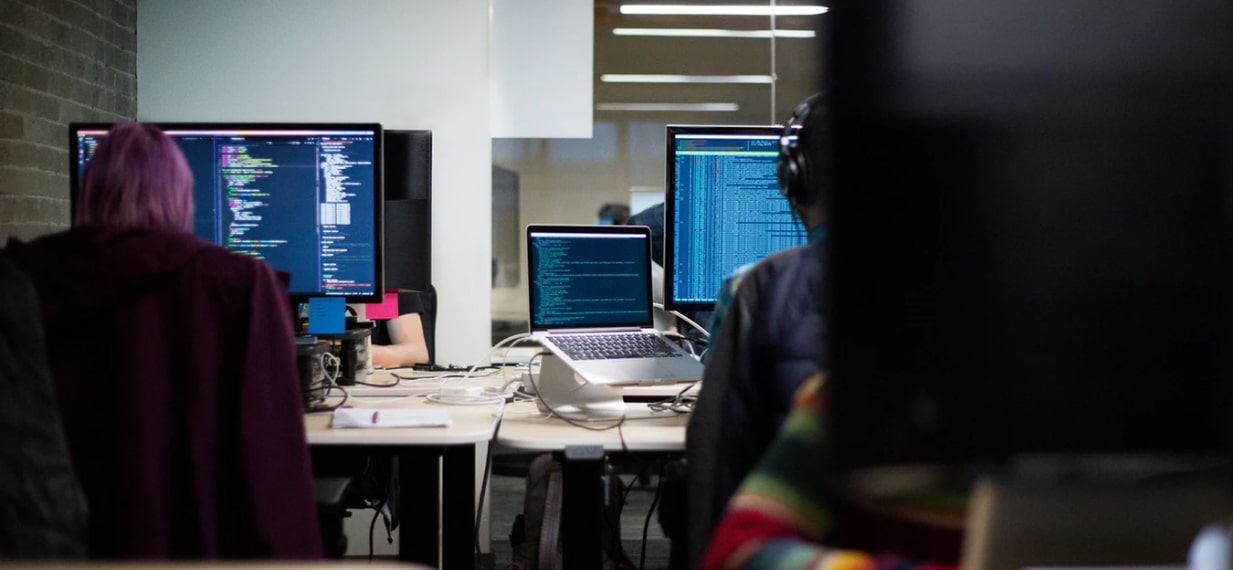
As the Bayes Theorem explains the uncertainty principle by the necessity of unknown variables, with the rapidity of algorithms involved in computer science languages such as Python and C++, the uncertainty principle may cease to exist. Ethernet and routers deliver on-site access to search engines, technical support networks, intellectual distribution sources, image dispersal, and object-oriented applications, making it easier for us to prompt responses and record points of inflections.
While the “tech giant” IBM follows Apple with cloud-computing infrastructure for electronic file transfers, we see the mark of artificial intelligence on our information processing and exchange systems. Rather than a conventional desk and library full of paperwork defining our improvement processes, the installation and troubleshooting of software and hardware rely on the algorithmic intelligence of Linux OS internals. That’s what the future of AI will bring to manage what once looked like dust-collecting bookshelves into digital archives. We will be able to live lighter, carry less, and have our life work on USB hard drives. CPUs will become memory, our memory, that we will write, read, see, digitize, collect, and make.
The responsibilities of software engineering include artificial intelligence integrated into neural networking and mathematics. A project needs software engineers to embed C++ with MATLAB and written Python algorithms. Whether it be for visualization and optimization of object-oriented data, intrinsic and extrinsic points in pipeline systems to deliver safety features, or to implement signal processing for robotic control, the “Linux ecosystem” is an AI breakthrough in need of experts willing to experiment with the possibilities of coding.
The future of AI incorporates mathematical dictations such as homogeneous coordinates, epipolar geometries, hash differentiation, frequency domains, and branch merging into computer vision. Realization of these points necessitate the analytical skills and six sigma concepts involved in the creativity of computer science.
AI-Powered Cybersecurity and Information Systems
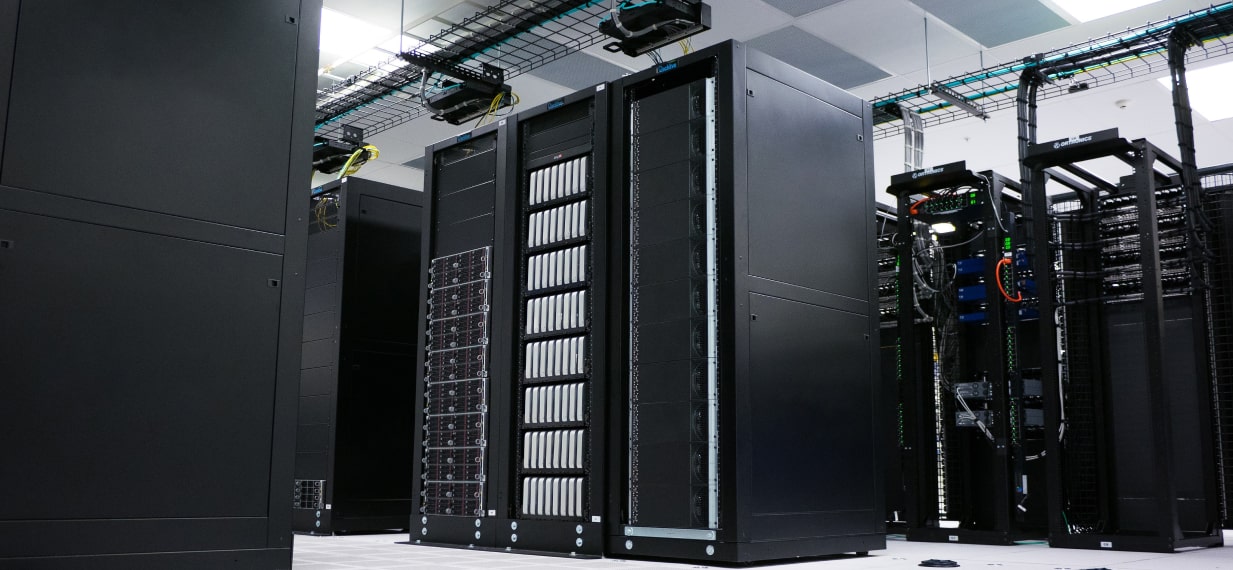
Computerized cybersecurity devices do not end with facial and fingerprinting detection sensors and theft resolution methods. In banking, recognition operations to decipher voice inflection and type speed of social security numbers are assessed by computer software for security measures. Biophysical sampling of individual identification is the future of evidence.
The innovations of information systems optimize digital archiving strategies of ISBNs into computerized management operations. The process involved in searching for and ordering books is getting quicker as readers can have their books “ready for pick up” at library circulation desks. No need to walk around the stacks so as long as we maintain our identification numbers and can present validation.
Meanwhile, on a macro-scale, Geographic Information Systems (GIS) datasets of Earth compounds such as land and water body measurement, terrain and elevation changes, ecosystem differences, points of interest, buildings, public transits, and hydrological mechanisms are presented as spatial visualizations used by industries needing to make locational assessments.
Future of Artificial Intelligence in Agriculture
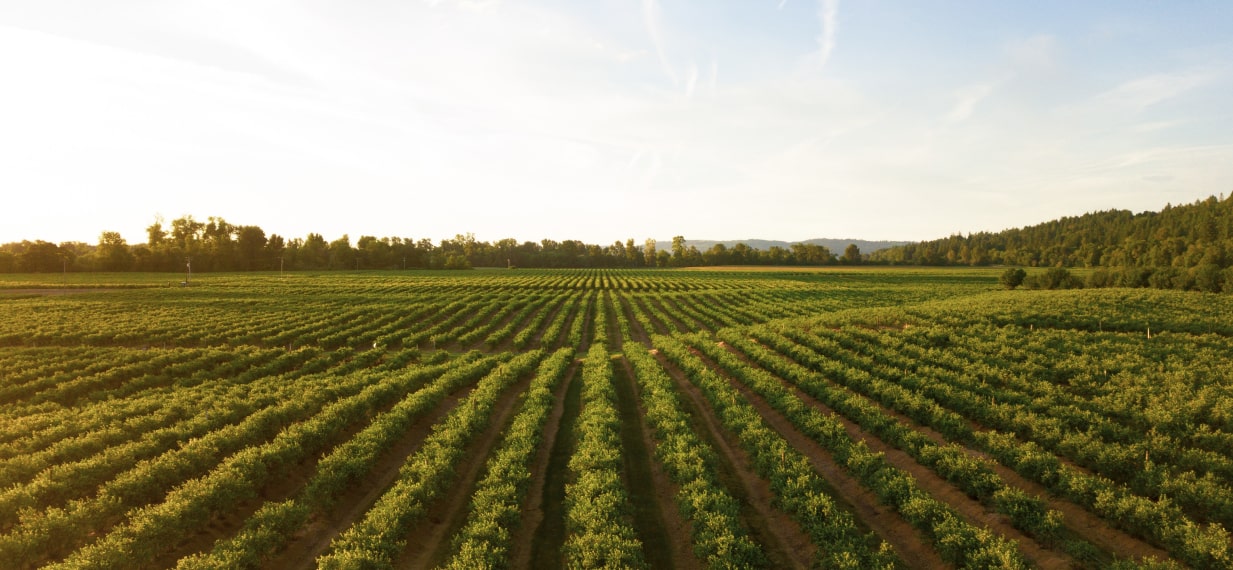
For example, in the agricultural industry, life cycle automation systems increase farmers’ yields. When data integration meets agriculture, determinant variables in equations essential to asset production rates become more predictable. When AI technologies meet agriculture, optimization of timetables through weather analysis yields in greater production, higher profit margins, and reproducibility, allowing workers to focus more on quality control variables.
Artificial intelligence future in agriculture is about effective troubleshooting through automated mechanics in irrigation systems, temperature monitoring, and lighting adaptation signals. At the consumerist’s end, transactions are quicker than ever before. Distribution systems service “Self Checkout” computers, IBM barcodes on the products, and measurement devices analyzing weights and yield variants. With associated card readers and laser-controlled scanning, information processing runs at mechanical speed. Purchases are streamlined by Microsoft partner analysts working for Albertsons Companies to send product preferences based on receipt data. The customer may receive coupons for preference items based on the purchases made seconds before. Loyalty is a two-way street in the future of AI.
AI Future in Transportation, Nuclear and Petroleum
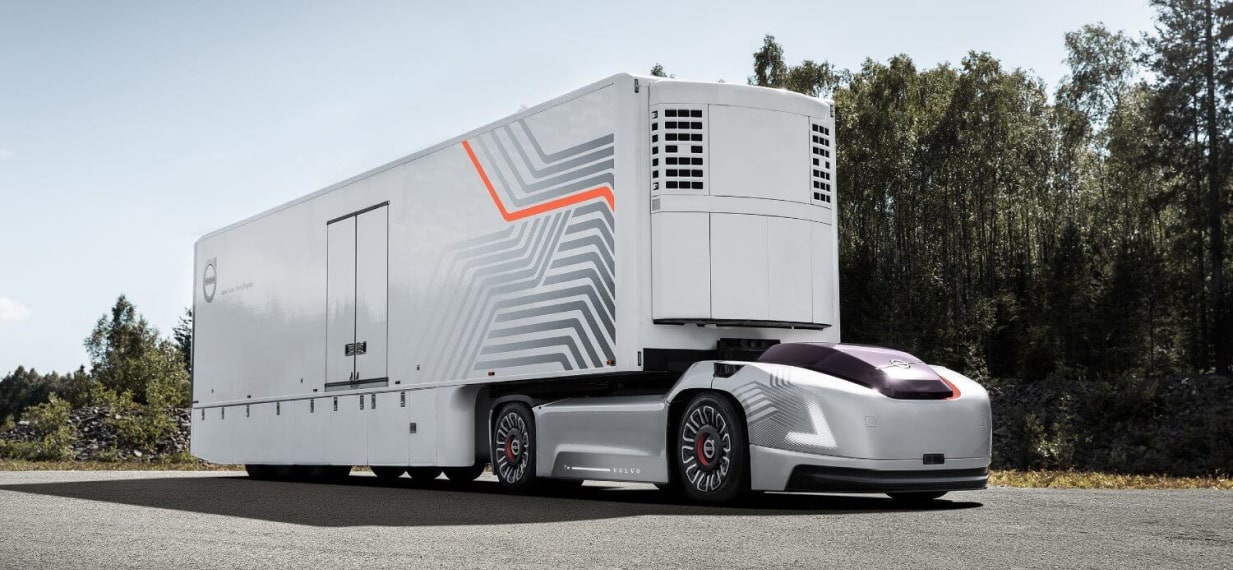
GIS and GPS navigation systems, with proper data mining and logistical integration, facilitate route and flow optimization. Flight operations and vehicular transportation focalized by software algorithms’ readability of reliable spatial detection sensors objectify time and safety measures. Artificial intelligence in-flight operations aids in collecting data to minimize traveling time and distance, fuel costs, and layover waiting times. As operative database systems can be visualized to users with congruence and consistency, the future of AI and its characteristic feature of dynamic data learning deems such optimization as algorithmic precision.
Programming languages shifting pure thermodynamics to electrical dynamical systems display theories behind particle acceleration. Quantum mechanics of heat transfer originate from hardware technologies to computer radiation, oscillators, radio frequencies, to the finest of electric circuit systems. While underground particle accelerators are detection devices of atomic anomalies and may not affect the layman’s life, embedded programming transforms these machines into systems operable by users. Tesla’s Level III vehicles shift the need for human monitoring to fully-automated control. Automation research considers drone-aided autonomous driving, voice-controlled GPS systems, and “robo-navigators.” The future of artificial intelligence may even bring a revolution through individualized driverless air vehicles.
The Future of AI in Avionics and Aerospace
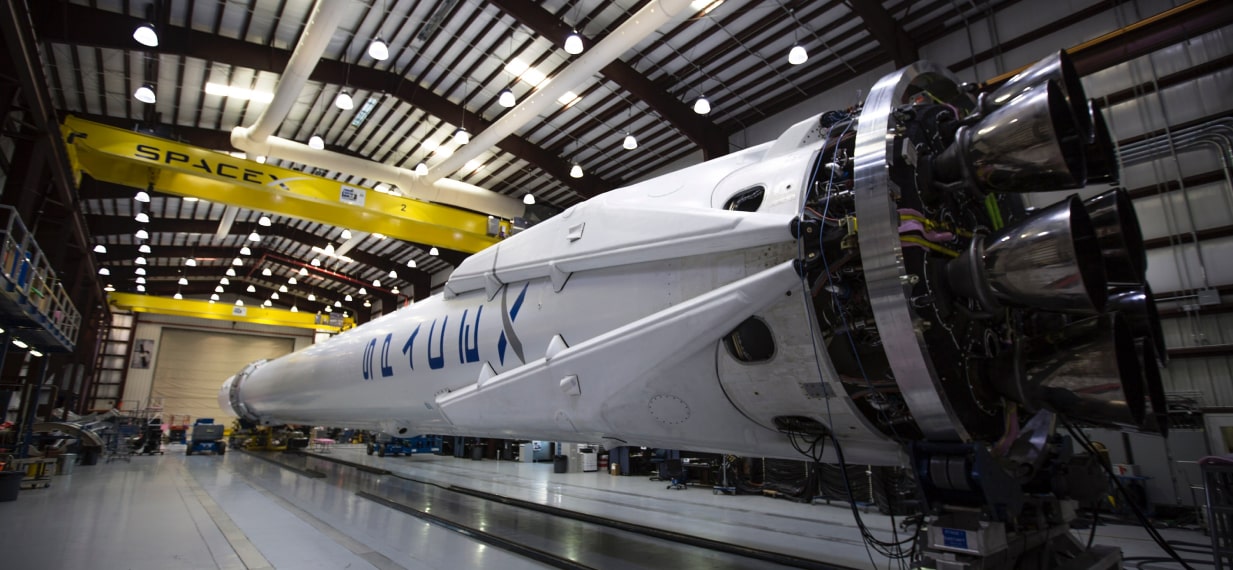
Geodatabase systems and cartographic principles dictate avionics and aerospace computer intelligence. It is not merely enough to know how to use a compass and stars for navigation. Access to weather sensors and utilization of emergency response technologies require skills to plan and execute flight operations with Microdrones and integrated UAVs, incorporate payload systems such as photogrammetry, LiDAR, multispectral and thermal analytics, and validate aerial data with software tools such as PosPac, UASMaster, Pix 4D, and Cloud Compare. Our ability to visualize and post-process data onto cloud infrastructures, synchronized with the use of Geographic Information Systems, undoubtedly requires a triad of visual, analytical, and technical precision while heavily relying on hardware assembly, disassembly, testing, troubleshooting, and validation success.
With the collaboration between Google, NASA, and USRA, NASA’s Quantum Artificial Intelligence Laboratory (QuAIL) holds the 2,048-qubit D-Wave 2000Q quantum computer. Quantum algorithms may optimize projects that require both infrastructure maintenance and consequential analysis of data output that are seemingly networked with D-Wave’s computations. Transmission of radio frequencies to decipher extraterrestrial communications parallels telescopic imageries in space exploration. The Hubble Telescope and roaming satellite technologies bring aerospace photography to astronomers for tracking planetary bodies, while sensor imaging gives scientists hypotheses for celestial ecosystem studies. If we can use LiDAR’s laser detection of aerial objects with weather signaling devices, we can project habitability of areas through optical remote sensing and photogrammetry. To answer the questions, “are we alone?” and “where can we go?” scientists work to identify the unknown with point cloud classifications and visualizations.
AI-Based Material Science and Civil Engineering

Durability, aerodynamic agility, atomic homogenization, and solid state assessments can be predetermined by calculations turned into “functions” observable by Matlab, AutoCAD, and Rhino, thereby granting material scientists and 3D designers more time for quality over quantity during the iterative process.
The automation of surfaces and spatial workflow to adhere to the capacities of materials relies on the mathematical “functions” written by computer linguists. Formulas used to describe and command surfaces and shapes work in sequential matrices to make combinatory topologies of parametric line integrations, vector to boolean logics, algebraic shape cuts, smooth curves, and adjustable fine control points. The pixels materialize with 3D printers and Python scripts, so as long as the file is saved in a readable format. In building maintenance, automation engineering operations, and safety measurements as efficient building and infrastructure management strategies optimize asset monitoring.
The building maintenance technician needs to keep our environments systematically calibrated: troubleshooting, repair of electronic instrumentation, and examination of measurement devices require logic beyond schematic diagrams. Control sequences of operations such as thermocouple calibrator, detector calibrator, and voltage generators run on algorithms that keep numerical and visual data stabilized for accurate diagnostic assessments. The future of AI has much more than that to offer. Those advances are only the beginning.
Artificial Intelligence Future in Biomedical and Biotechnology

The advances of the artificial intelligence future come up at the forefront when it comes to transforming medicine and diagnoses. The implementation of robotic apparatuses shows computational competencies with neurological signaling systems. Neurological systems “talk” to robotic apparatuses through embedded programmable performance measures. Scientists change motor dynamics of the injured through the collaboration of neural networking and electrical engineering.
In the meantime, the development of algorithms facilitates medical imaging machines for precise diagnostic imaging. Coding and validation require data processing tools such as Scipy stack, Keras, PyTorch, and Tensorflow while visualization softwares such as Matplotlib, Plotly, Seaborn, and OpenCV provide reliable results for physicians to visualize patients’ problematic conditions. The future of artificial intelligence bringing practical applications of these programs, predictive analysis, noninvasive preventative maintenance, and intervention methods may increase life expectancy.
Artificial intelligence future often tends to be linked with robotics. Robotic surgery allows fluency and determinacy in surgical processes, determined less by fault indices of physicians. According to “Robotic Surgery, A Current Perspective” in the Annals of Surgery, “Robotic telesurgical machines have already been used to perform transcontinental cholecystectomy. Voice-activated robotic arms routinely maneuver endoscopic cameras, and complex master slave robotic systems are currently FDA approved, marketed, and used for a variety of procedures.” The robots can be controlled by surgeons’ voice commands, automated to respond for optimal positioning. Engineers’ development of the Endoscopic System for Optimal Positioning gives robotic hands the precision to operate an endoscopic camera with vocal sensor technologies. Stanford Research Institute develops the “telepresence” of a surgeon at a war scene through “dexterous telemanipulator for hand surgery” and “Mobile Advanced Surgical Hospital (MASH).” If the virtual physician can always be with us, or perhaps if the virtual physician making assessments is the robotic analyzer, mortality rates may plummet. As the future of artificial intelligence approaches, healthcare and medicine industries will be seeing considerable changes and this is where we will be seeing the most critical results.
The Future of AI in the Context of the Environmental Matters

The synchronous effects of LiDAR, satellite hardware, and image visualization softwares such as GIS provide scientists with the capability to make analyses based on imperceptible physiochemical changes in the atmosphere. Piezoelectric alterations can predict lightning, water molecule detectors may visualize air moisture content, and Doppler radar signaling can show hurricane and wind travel, all from software applications run on hardware technologies. Transferrable quantum information between the plugin module Meteobridge, a router, and a weather station can be configured to provide locational weather and microclimate data for diagnostic predictions. Faster damage diagnosis and efficient damage control are pillars of the artificial intelligence future. While power companies update numerical and time data during power outages, the implementation, interpretation, and transmittance of data prove virtual mass communication as a significant method for simplifying update methods during emergency situations.
The Future of AI Meets the 3 R’s: Reduce, Reuse and Recycle
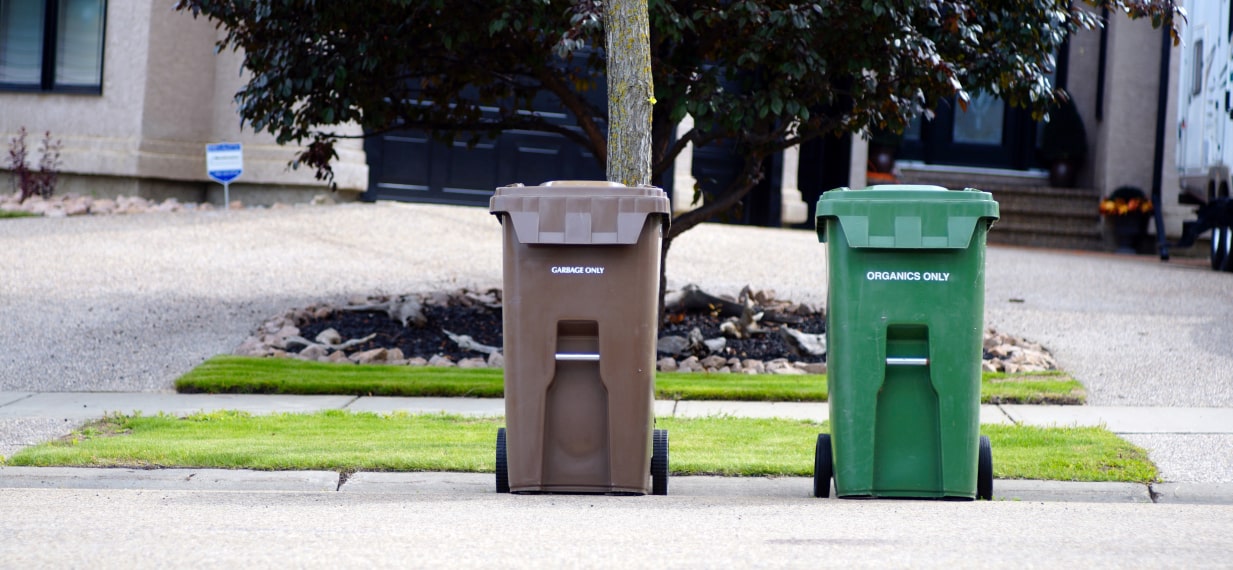
Businessmens’ To Do Lists reads “Tuesdays: Garbage Day. Take out garbage.” The automation of time in organizations such as the Department of Transportation promotes predictability and signifies the transportation industry’s reliance on spatial identification technologies. While the focus of sanitation engineers on the proper organization, allocation, and elimination of hazardous, toxic, and recyclable materials relies on chemical assessments, the requirements of standardized locational analysis necessitate automation of artificial intelligence to gather spatial information. For the production of clean water, water automation and filtration infrastructures engineered by measurement devices and industrial control room operations provide altered natural assets to large cities. These intelligent transportation systems showing comparative measurement intervals enable sanitation engineers to understand the sources of data anomalies. However, these advances can no longer be regarded as the future of artificial intelligence, as they have already found traction in the enterprise today.
Production and Manufacturing Leverage Artificial Intelligence Future
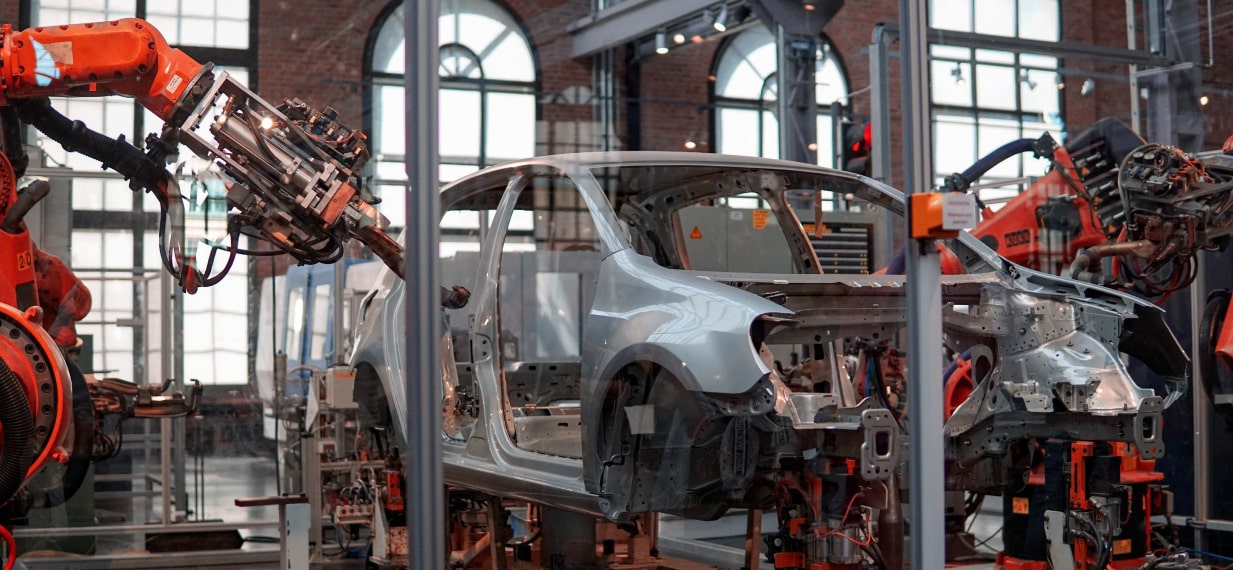
Quality 4.0 artificial intelligence marks a revolution in manufacturing production processes. Risk and agility assessments, as well as predictive protocols advanced through “machine learning and artificial neural networks” give workers the ability to identify and analyze assembly lines’ fault points.
Remaining Useful Life (RUL) explores time and material variables, enhances analytics of configuration arrangements, predicts the life cycles of robotic maneuvering systems, and processes mathematical delineations and abnormalities. Automation indexing in the Optical Engineering Division of the Nikon factory systematizes assemblages of both worker stations and duties. Manufacturing AI infiltrates FPD, semiconductor lithography systems, microscopes, and measuring systems. Not only are manufactured Nikon components originally specified through 3D software running on AI algorithms, but the cameras are beginning to display programmable features and robotic systems. New AI camera features with automation systems are observable in Polycam Player, which displays motion detection and zoom adjustment for object-tracking. In the case the MRMC camera body traces athletes, the motorized camera uses wider depth of field ranges, capturing zones, and object-in-frame identification systems which stabilize broadcasters’ bodies into the image. The future of artificial intelligence and software tracking systems will permit locational imagery archiving that cannot be obtained by the mere techniques of a photographer.
Artificial Intelligence Future of Economics and Enterprise

Applications for stock systems, forecasting and robotic algorithmic trading lie in the automation of digital enterprise systems. That is exactly why the economic growth in the future of artificial intelligence lies in the automated portfolio management, called “robo-advisors.” As online advisors using computer algorithms and advanced analytical software, “robo-advisors” replace traditional “Wall Street” stock market predictors, and leverage time management. “Robo-advisors” can obtain clients’ data, build and manage clients’ investment portfolios, investigate investment strategies, service rebalancing and tax optimization, and provide protocols based on account allocations.
Amazon’s data integration systems use C++ software analyzing “click frequency” to run associated ads and generate revenue. With Google AdSense, predictive consumerism establishes locational analysis of “pay per click” data, permeating industries through comparative configurations.
The Monte Carlo simulation system gets rapidly adopted in the fields of corporate finance, physics, and engineering. The system analyzes the effects and sources of uncertainty, as well as confounding variables on value outcomes. Monte Carlo also uses combinatory statistics and subsequently visualizes the data that may provide answers to the question, “what is the probabilistic nature of this particular outcome, based on possible and past variables?” Or vice versa.
The environmental application of the Monte Carlo simulation proves quite promising. The results can predict numerical and atomic volatilities, while also visualizing them. If stored into a database, this mechanism brought to us by the future of AI should decrease the existence of random variables.
The Future of AI in Education and Employment

The prominence of online education gives students opportunities to interface and objectify intellect from any location while machine learning makes predictive analytics, systematic response operations, and reliable exchange databases. The implications of course programs and relations across domains quantify the need for maintenance and improvement of database management systems.
Employment operations generate skills necessary for top performance, providing identification of “titles” and logical steps to maximize the statistics of job placement. At one end, students learn strategic cost and benefit analysis, time management, and methodological course sequencing, and at the other, companies’ research and development teams experiment during initiation phases to provide resources for procedure optimization. Companies transmit the ever-changing expectations of students still learning the specifics of their chosen field(s), which begs the question: “what jobs will be replaced by automation and thereby rendered unnecessary?”
As the future of AI and automation embeds itself into employment, industries see more benefits of AI over human dexterity. Disappearing job titles include “travel agents,” “cashiers,” “postal couriers,” “printing experts,” “bank tellers,” and “pilots.” With data integration into management softwares, unmanned automation, and mechanical operations, the titles and descriptions of these jobs may serve us well if reworked to include how the worker interprets the relations between algorithmic hardware devices and software applications.
At the core of AI applications is not really the ability to reach artificial super intelligence (ASI). AI rests on our abilities to work as logically as possible to establish high-standard operations with critical feedback loops, to use reliable quality control assessment tools, and to simultaneously push limits towards technological progression. Our Fateful Day may even be predetermined and reconstructed with the input of data into statistical analysis carrying personalized data into comparative databases. The artificial intelligence future will bring us tools providing the user with risk variables if input variables are changed. Data highlights free will.
The Certainty Principle
Unlike the Bayes Theorem when outcome predictability remains undetermined until calculated, the singularity theory determines both the hardware and software assemblage requirements. We see the principles of predictability in electrical assemblages from thinner mobile devices with multiple cameras, robotic workers, satellite-enhanced cloud point classifications, to quantum computing technologies.
The expansion of artificial general intelligence toward the possibilities of artificial super intelligence in its technological singularity will only be determined by time itself. As engineers of the artificial intelligence future, how far can we go?
The article by Haruka Kido
